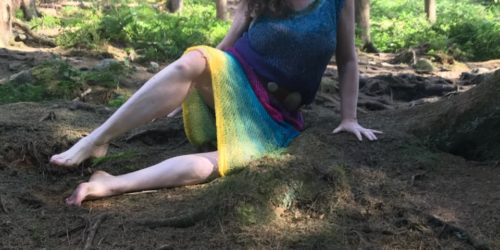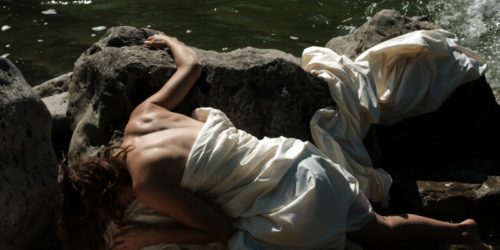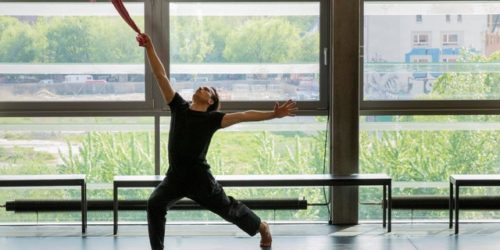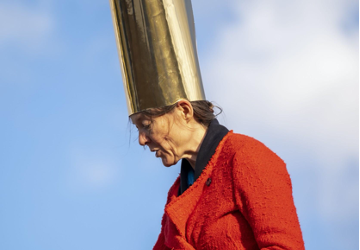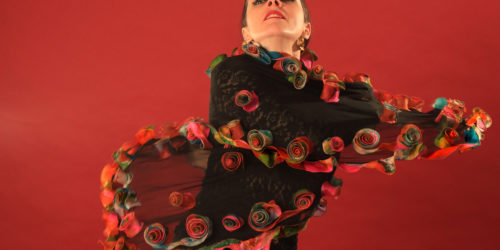Deep originals* – Use of AI technology to rethink choreographic practice. Lili M. Rampre

*after deep fakes that uses AI and machine learning technology
In this research I rethink my choreographic archive using AI-technology. Much of my choreographic work has been canceled due to COVID crisis as is the case for most artists. I’m working mostly online.
Digitally mediated dance is the new shared condition of what any future choreography will have to deal with. I feel I don’t have the same type of understanding and expertise to work with “digitised bodies” as I do with real ones and I would like to gain the necessary skills. My practice is based on collaboration, transmission from person to person and I would like to make AI my artistic collaborator. I analyse my choreographic approach with the digital one to make new hybrids and to expand on my digital literacy to comprehend “digitisation” of dance beyond the commercial uses of digital tools.
In the process of exploring machine learning in choreography I am looking into open-source software libraries and tools for pose-estimation and action recognition.
I aim to make an AI a collaborator that would help me discover deep(er) structures in my work that escape the human eye and create a digital model of how I could describe my choreographic approach. As the computer vision presents problems working with the video – high computational and storage resource requirements, I reconsidered the entry point into my archive. Among videos, images, audio recordings and text I decided to start with the latter.

I am currently working with a discourse-analysis tool. I am focusing on the textual part of my archive and am comparing the discourse on my artistic practice depending on the context – grant applications, public announcements, social media platform comments and posts, private chats and similar. I am tracking the changes in how I speak about dance practice throughout my freelance career, depending on the context and institutions that were and still are shaping my voice. Simultaneously I am testing pose-estimation tools to comprehend what I mean when I say „the type of body or movement I am interested in“ – is it its (visual, textual) representation or kinesthetic experience and what exactly can be transmitted or addressed by digital tools.



In order to not be dependent on or subject to only commercial uses of these technologies that are increasingly mediating my everyday life, it is crucial to address the sharing aspect of the project – access, exchange with (other dance) artists, non-expertise use. As well as inbuilt gendered bias in the mentioned tools, which when addressed properly would offer a chance of becoming more usable for a larger number of people. These developments can be followed on the following webpage: https://lilimrampre.cargo.site/Deep-Originals


